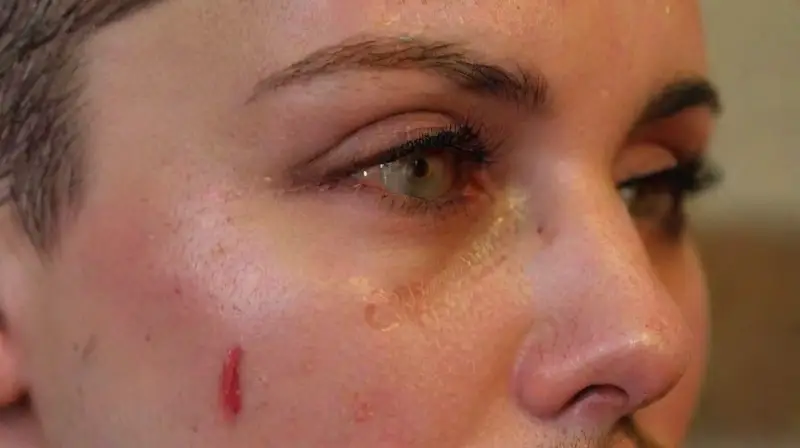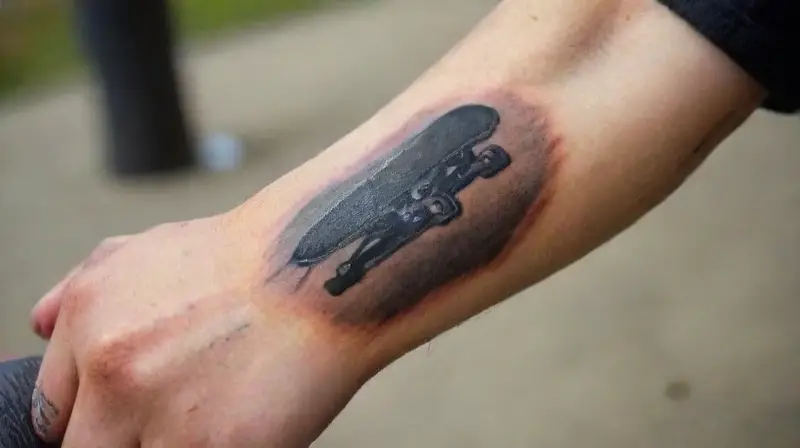TATTOO NEWS & TECHNOLOGY
-
Best Floral Body Piercings for Summer Festivals
Summer festivals are the perfect occasion to showcase your unique style and make a bold fashion statement. Among the many ways to stand out, body piercings with floral designs have become increasingly popular. They blend natural beauty with edgy accessories, adding a touch of freshness and femininity to your festival look. Floral body piercings are…
-

Pain Management for Sensitive Skin During Body Art
Getting body art, such as tattoos or piercings, can be an exciting experience, but for individuals with sensitive skin, it often involves concerns about discomfort and adverse reactions. Many people worry about increased pain levels and possible skin irritation, which can make the process more stressful. Proper pain management strategies are essential to ensure a…
-

Minimalist Tattoos for Skateboarders and Athletes
Minimalist tattoos have gained immense popularity among athletes and skateboarders for their clean and straightforward design. These tattoos often feature simple lines, shapes, and symbols that convey powerful messages without clutter. They serve as a form of self-expression, showcasing personal stories, achievements, or passions in an understated way. Many in the sports community choose minimalist…
-
Budgeting for body modification expenses
Embarking on a journey of body modification is an exciting decision that reflects personal expression and individuality. However, it can also come with substantial costs that need careful planning and consideration. Proper budgeting ensures that you can achieve your aesthetic goals without financial strain or compromising safety and quality. Many people overlook the expenses involved…
-

Bright Neon Ink Tattoos for Day-Glo Piercing Festivals
Neon ink tattoos have become a vibrant and exciting trend among festival-goers and body art enthusiasts alike. These tattoos glow brilliantly under blacklight, transforming the wearer into a living piece of art during night events. Their allure lies in their ability to combine traditional tattoo artistry with the mesmerizing effects of luminous colors, making them…
-

Exploring Cultural Tattoo and Piercing Studios
Tattoo and piercing studios have become popular destinations for self-expression and artistry around the world. These establishments often reflect local traditions, modern trends, and personal stories through their designs and techniques. Many people visit these studios not just for aesthetics but also to connect with cultural heritage or make meaningful statements. As the popularity of…
Got any book recommendations?